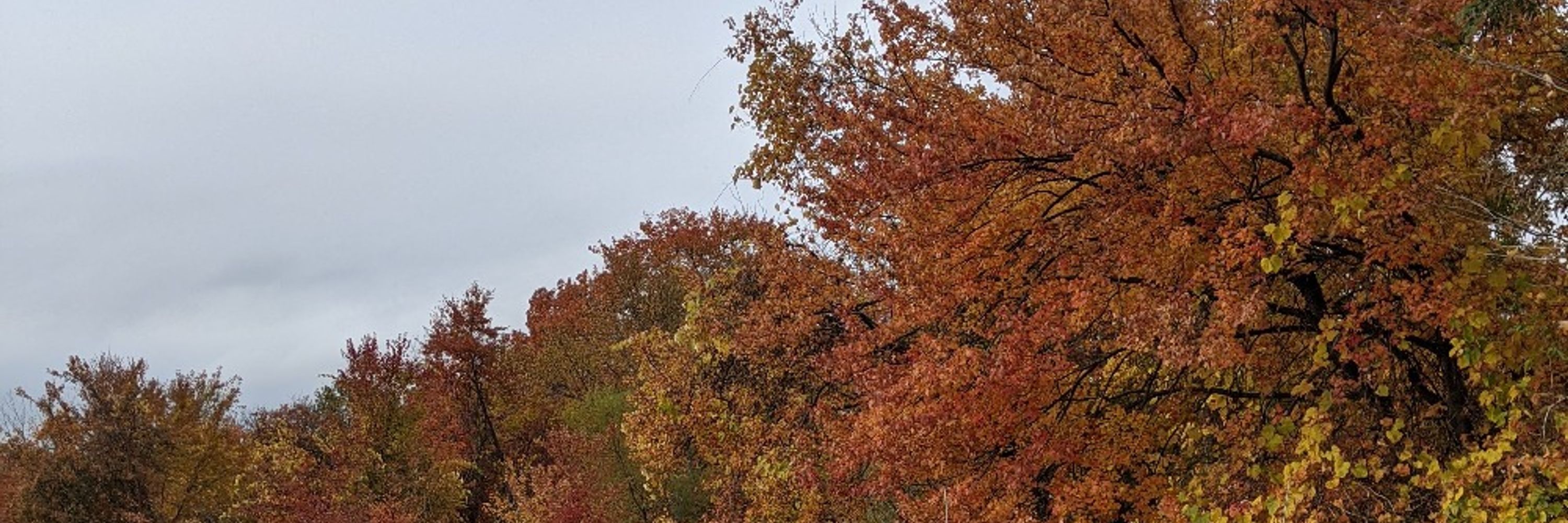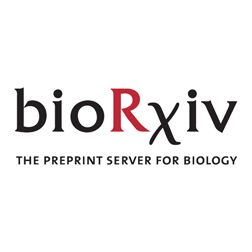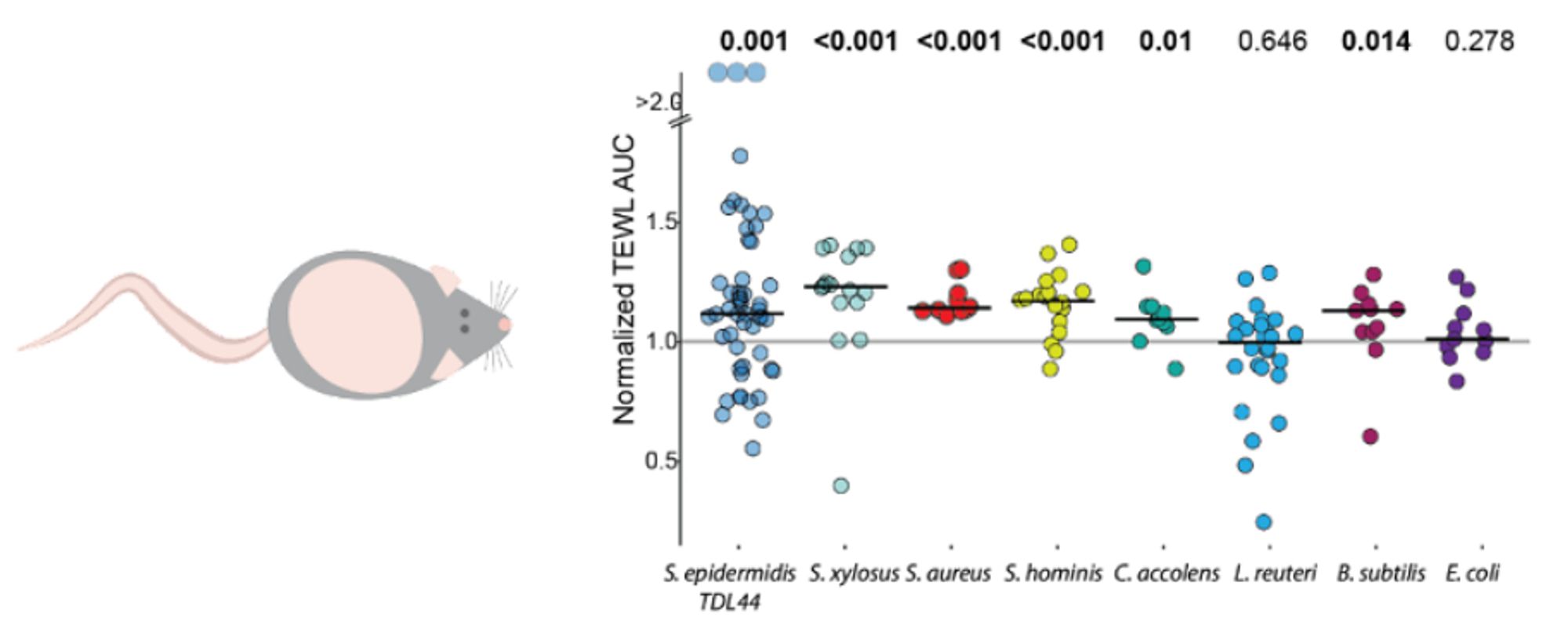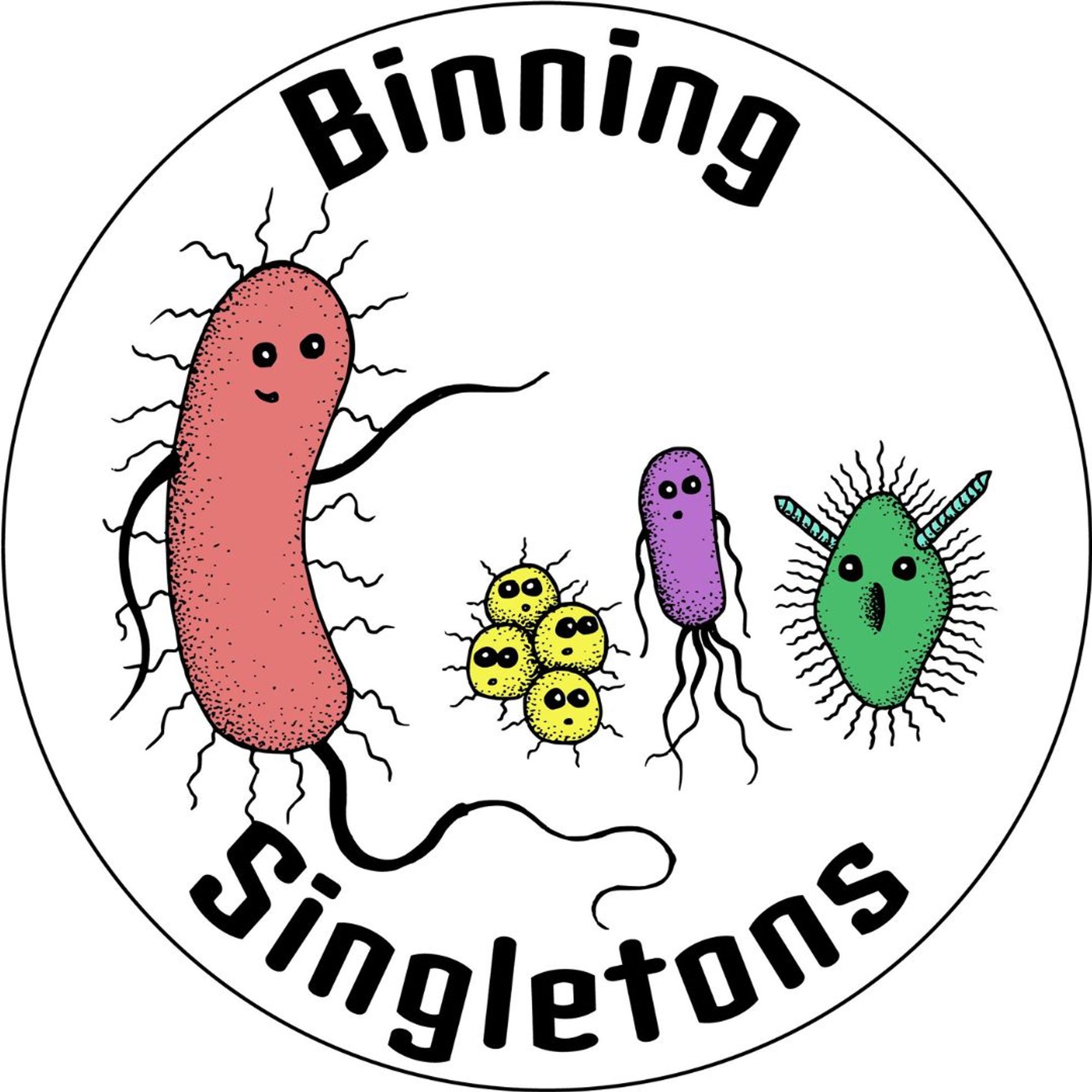
Candida albicans enhance Staphylococcus aureus virulence by progressive generation of new phenotypes www.biorxiv.org/content/10.1101/2024.06.26.600854v1

Candida albicans and Staphylococcus aureus have been co-isolated from several biofilm-associated dis
Siderophore piracy enables the nasal commensal Staphylococcus lugdunensis to antagonize the pathogen Staphylococcus aureus www.biorxiv.org/content/10.1101/2024.02.29.582731v1

Bacterial pathogens such as Staphylococcus aureus colonize body surfaces of part of the human popula
Ever wondered about the origin of the bacteria that call our faces home? 🤔 Our new preprint dives into the fascinating dynamics of the human facial skin microbiome (FSM) and explores the natural history of important microbiome species on people at high resolution. 🧫🧵
Highly-resolved within-species dynamics in the human facial skin microbiome https://www.biorxiv.org/content/10.1101/2024.01.10.575018v1

Human facial skin microbiomes (FSMs) on adults are dominated by just two bacterial species, Cutibact
Highly-resolved within-species dynamics in the human facial skin microbiome www.biorxiv.org/content/10.1101/2024.01.10.575018v1

Human facial skin microbiomes (FSMs) on adults are dominated by just two bacterial species, Cutibact
Thanks! I'll have to check out what it's doing on cheese. I don't know about most labs - but in our facility we can routinely recover S. xylosus both from the hairy, healthy skin of mice housed in the facility and from surfaces (lab benches, housing racks).
Thanks! I would add to what Tami said that we applied the bacteria (including E coli and L reuteri) every day - so even if they were at a disadvantage for survival on mouse skin, they were grown up in lab and reapplied daily and still did not delay healing
Bonus: Neither E. coli nor L. reuteri delayed healing, indicating this phenotype is limited to skin commensals! Thanks to co-first Veda Khadka, and co-author Magalie Boucher, PI @contaminatedsci.bsky.social and Lieberman Lab for feedback! [3/3]
The answer: not when the skin is damaged! We tested multiple bacterial species, including mouse commensal S. xylosus, C. accolens, and 3 different isolates of S. epidermidis.All delayed healing when applied to abraded mouse flank skin. [2/3]

Excited to announce a new preprint from the Lieberman Lab @contaminatedsci.bsky.socialwww.biorxiv.org/content/10.1... [1/3]

